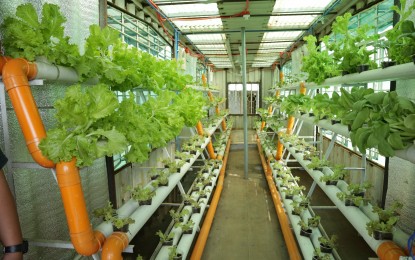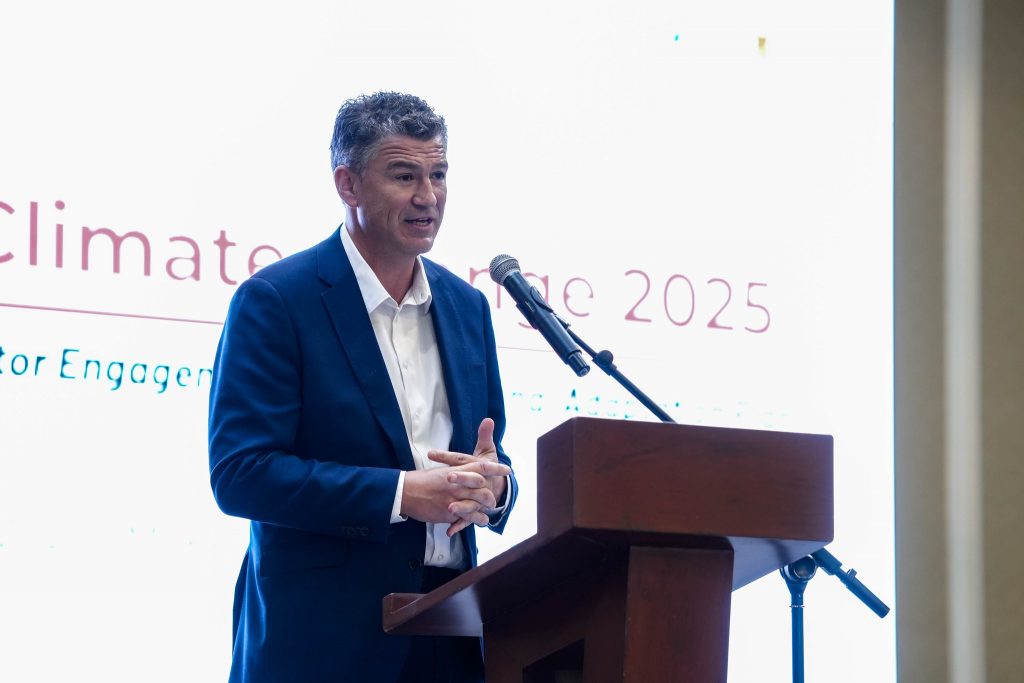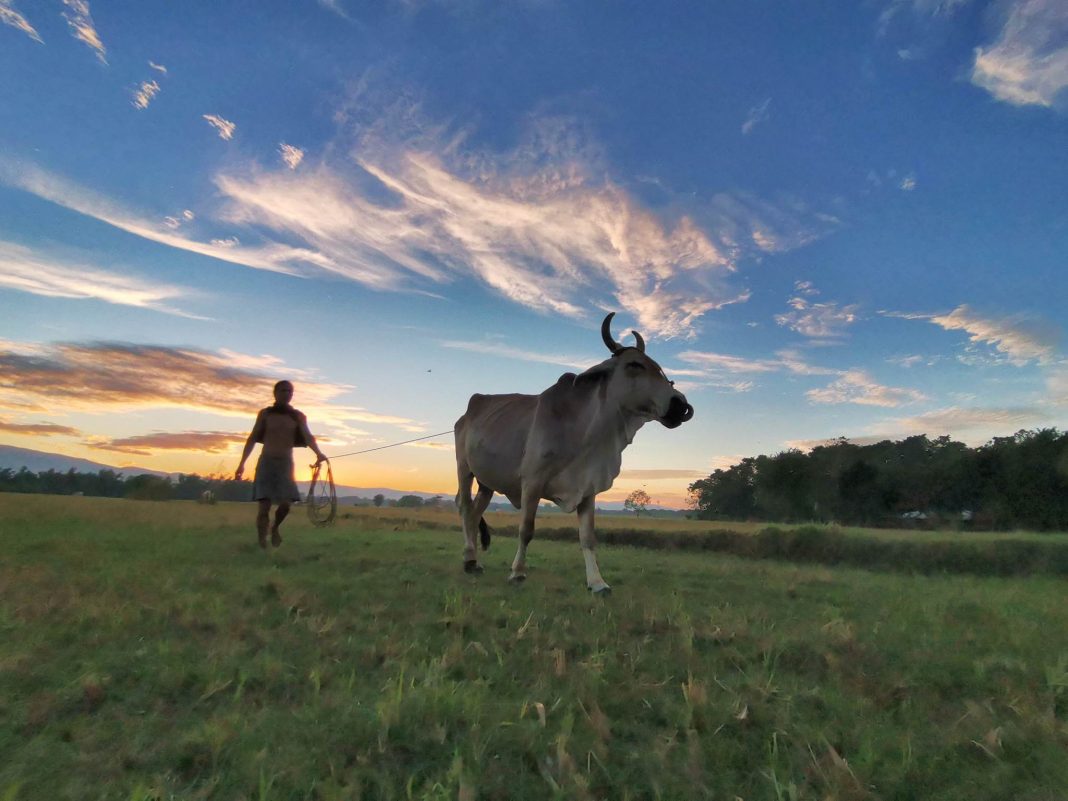By Marinel E. Peroy
As climate change continues to upend global food systems with increasing droughts, floods, and extreme weather, agricultural innovation is becoming a lifeline—not just for farmers, but for national food security.
In the Philippines, a major step toward this future is about to unfold with the operationalization of the Department of Agriculture’s (DA) high-tech Command Center, a bold move that places digital transformation at the core of climate-smart food production.
Speaking at the European Chamber of Commerce of the Philippines’ (ECCP) sustainability forum held in Makati City, Agriculture Secretary Francisco Tiu Laurel Jr. announced that the DA’s Command Center is on track to be fully functional by the third quarter of 2025.
“I’m happy to announce that hopefully by the third quarter of this year, the DA will finally have its Command Center completed and operational,” he said.

This state-of-the-art hub will integrate remote sensing, AI-powered analytics, digital farm management tools, and smart marine ecosystem monitors to enhance decision-making for key agricultural stakeholders. The goal: to mitigate risks in the supply chain and boost climate-resilient food systems.
“Climate-smart agriculture must be community-led and science-based on reform. We believe in cooperation because scaling innovation is essential to sustain food production and food supply distribution. Innovation is no longer a luxury; it is a necessity,” Tiu Laurel said.
As part of broader modernization efforts, the DA has also constructed 150 rice processing centers nationwide, with 30 more in the pipeline for next year—a move aimed at increasing post-harvest efficiency and reducing losses.
“The decisions we make today will shape the food landscape of tomorrow,” Tiu Laurel added, underscoring the urgency of adapting to new technologies in agriculture.
From innovation to impact
The forum also spotlighted global innovation efforts led by the United Nations World Food Programme (WFP). WFP Philippines Country Director Regis Chapman shared that their innovative programs supported 61 million people globally last year, helping governments and communities respond to hunger and food insecurity more effectively.

These innovations include Hunger Map Live, a real-time food security monitoring tool, and WFP’s Innovation Accelerator, headquartered in Munich, which helps scale up breakthrough solutions in food systems. In the Philippines, WFP also backs Home-grown School Feeding and Project LAWA, both targeting food and nutrition challenges among schoolchildren and rural communities.
“Innovation to large-scale impact—not just with tools or technology—but rethinking how systems are designed, financed, and governed. And these systems need to consider more than just production, but also consider consumer access and utilization,” said Chapman.
Still, he acknowledged significant hurdles: “Innovations are often under-funded, undertested, or poorly coordinated,” he warned. Chapman stressed the importance of scalable, practical, and nationally-owned solutions to build long-term resilience.
“WFP remains committed to working with government, the private sector, and development partners to scale, practical, inclusive solutions that strengthen food security and resilience at every level,” he said.
A regional push for climate-smart solutions

Highlighting the Asia-Pacific dimension of the conversation, the New Zealand Embassy in Manila reiterated its commitment to helping countries like the Philippines adapt agriculture to the changing climate. At a parallel sustainability forum hosted by the Philippine Disaster Resilience Foundation, NZ Climate Change Ambassador Stuart Horne met with local partners to advance the Climate Smart Agriculture (CSA) initiative.
Over the past decade, New Zealand has supported the Philippines through the Global Research Alliance on Agricultural Greenhouse Gases (GRA), and more recently, via the Ministry for Primary Industries’ CSA Initiative.
“The CSA supports strengthened capacity in developing agriculture greenhouse gas emissions inventories and mitigation strategies,” the embassy noted.
New Zealand also champions a multilateral innovation agenda, encouraging collaborative projects through “Horizon Europe,” the EU’s flagship research program, which offers funding opportunities for countries like the Philippines.
“Ultimately, innovation in smart agriculture is a strategic driver to building climate resilience, one solution at a time,” the embassy said.
With the impending launch of the DA’s Command Center and continued international cooperation, the Philippines stands at a pivotal moment. By aligning data, technology, and local capacity, the country is beginning to chart a smarter, more resilient path for agriculture.
As climate and food security challenges intensify, these efforts signal a clear message: the future of farming lies in innovation—not just in adopting tools, but in reimagining entire systems.














